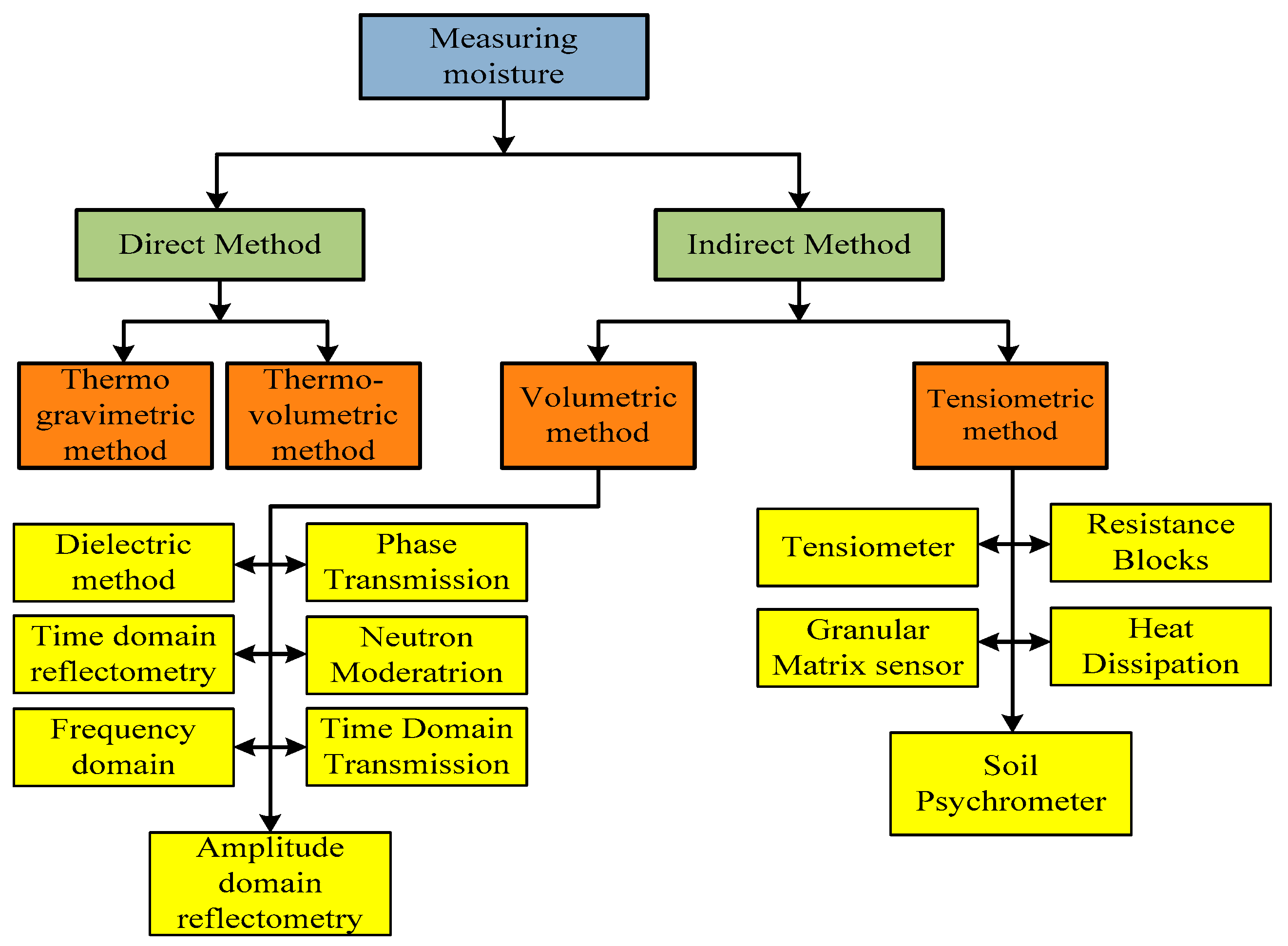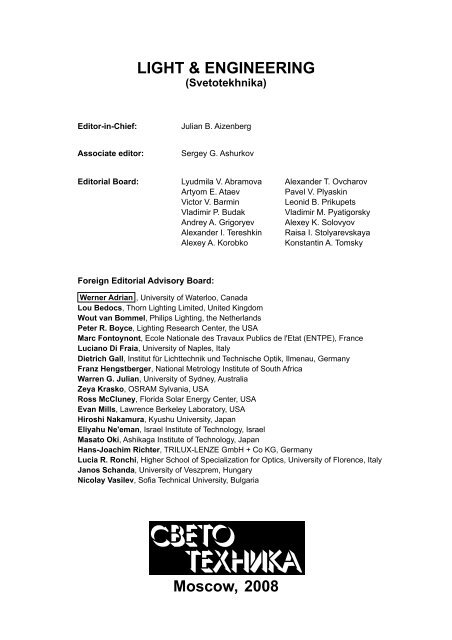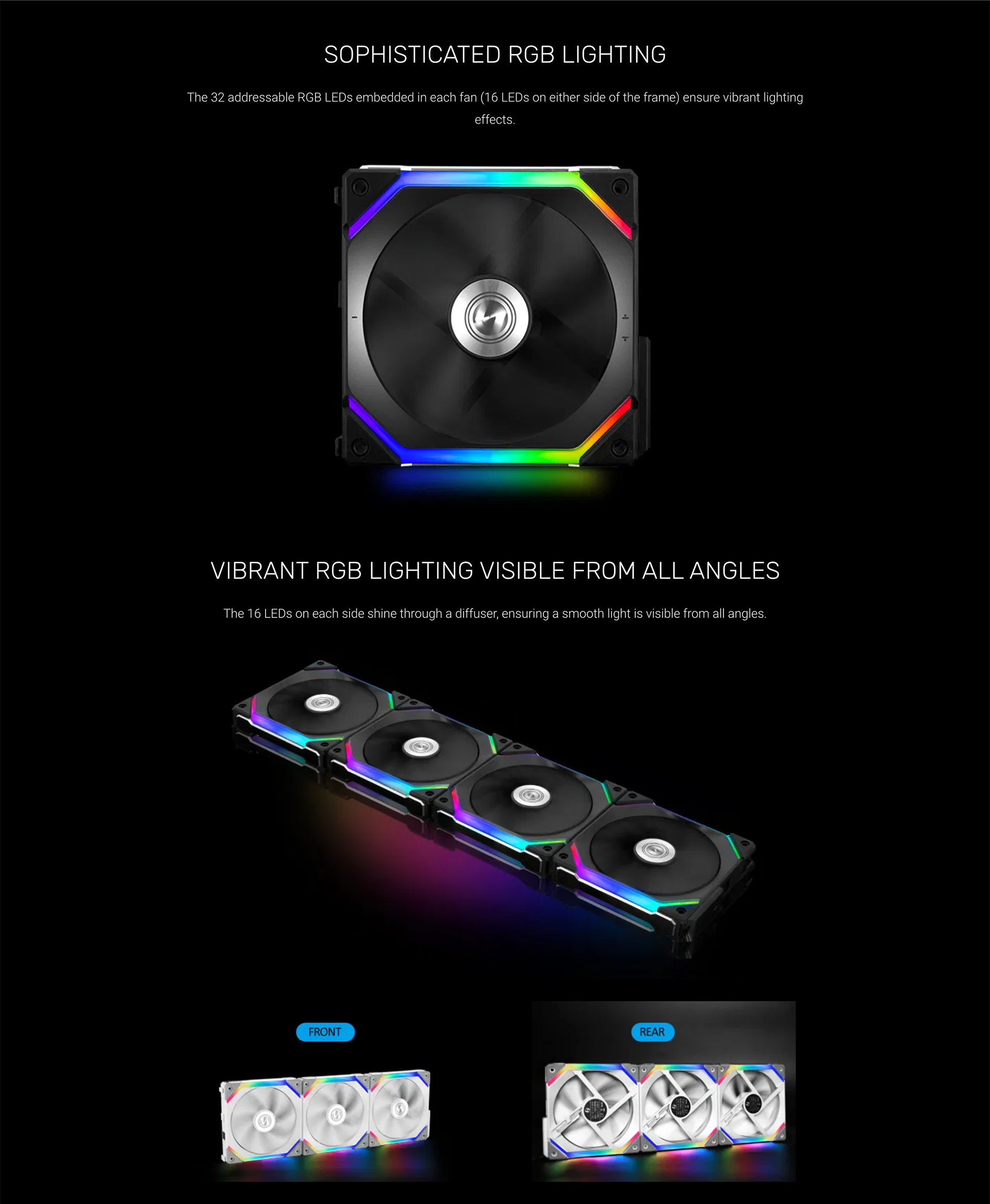
This means that you can control lots of LEDs using just one digital pin of your Arduino. This allows a communication via a one-wire interface. These LEDs have an IC built right into the LED. This LED strip is made by WS2812B LEDs wired in series. You can control the brightness and the color of each LED individually, which allows you to produce amazing and complex effects in a simple way. In my opinion, this is the coolest type of LED strips. So, they can be left outside at the rain and dust without any problem.

It is 5 meters long and the LEDs are enclosed in a weatherproof silicone. In the following figure you can see my WS2812B LED strip. You can visit Maker Advisor and find the WS2812B RGB LED Strip best price. Choose the one that best fits your purposes. The WS2812B addressable LED strip comes in several models that differ in size, sealant or LED density. The information in this post also works with other similar LED strips, such as strips of the WS28XX family, Neopixel strip and others. Add a whole lot more fans, and some really funky RGB effects to your machine, though, and that disappointment will soon evaporate.This post is about the WS2812B LED strip, which is an addressable RGB LED strip. But if you had hopes for a 'one cable to rule them all' setup then you might be a little disappointed. Lian Li's new fan system then is genuinely smart, effective, and looks great. And, as I alluded to earlier, if you're adding multiple fan arrays to your gaming PC, the UNI FAN system's controller actually will cut down the cabling the more groups you add. It does create easier routing of cables around the fans, however, and when you're building a machine from scratch that is incredibly helpful.

Foolishly I was hoping to lessen the number of wires in my build, but it meant I was left searching for more connectors, and actually had to unplug an old HDD to satisfy Lian Li's SATA power needs.
#LED FAN EDITOR UF 211 RGB PC#
The fans themselves are high-static pressure fans, so they're suitable to attach to a compatible 120mm AIO radiator as well as a PC chassis, with a maximum speed of up to 1,900RPM.īut the fact that the UNI FAN SL120 controller actually creates more cabling for a single block is a little troubling.

The UNI FAN SL120 system can be picked up in either black or white, to help match the look, or desired look, of your machine. There are 32 addressable RGB LEDs in arrayed around each fan-16 along the top and 16 along the bottom of the frame-and that can make for some supremely shiny effects. That then has another three separate cables spilling out of it: one for USB, another for SATA power, and a final one to carry all that sweet, sweet ARGB love from your motherboard. While you only need a single cable coming from the block of three or four fans when they're connected together, it doesn't go directly into your motherboard, it has to plug into the UNI FAN controller first. Though if you're only opting for a single block of fans those aesthetes may not be so bowled over. Aficionados of the minimalist aesthetic will love that. The controller itself will take four inputs, so you can have up to 16 fans, in four groups, going into the same block.Īnd if you are going for an extreme volume of fans then the UNI FAN SL120 system will make your system super-tidy, reducing the number of wires floating around inside your chassis. You can actually connect up to four of the fans together and they'll only need one wire for the controller.

With the three-pack you do get a dedicated fan controller, and the single cable from the grouped fans plugs into that. You then slot in a cable to one end of the group to run all three, or up to four if you buy another single fan.Įxcept that isn't quite how the UNI FAN SL120 system works. The individual fans slot together easily, with pin-to-pin contacts between them to transfer power and lighting data, and that makes for a super snug fit. So is the slick addressable RGB lighting, but that's really only some lovely cosmetic frosting on top of the innovative new fan design. Lian Li's smart daisy-chain setup is robust, simple, and incredibly effective. Okay, there have been small updates to blade design, promising to increase airflow and such, as well as advances in bearing tech-magnetic levitation, FTW-but Lian Li's nifty new tech is the first to be genuinely, and moreover tangibly useful to almost anyone building a DIY gaming PC. Sorry, what? Case fan innovation? Is this some kind of voodoo magic? Aside from fitting some pretty lights around the spinning blades, which help keep our precious PC components chilled, PC manufacturers haven't really done a lot to change the humble case fan.


 0 kommentar(er)
0 kommentar(er)
